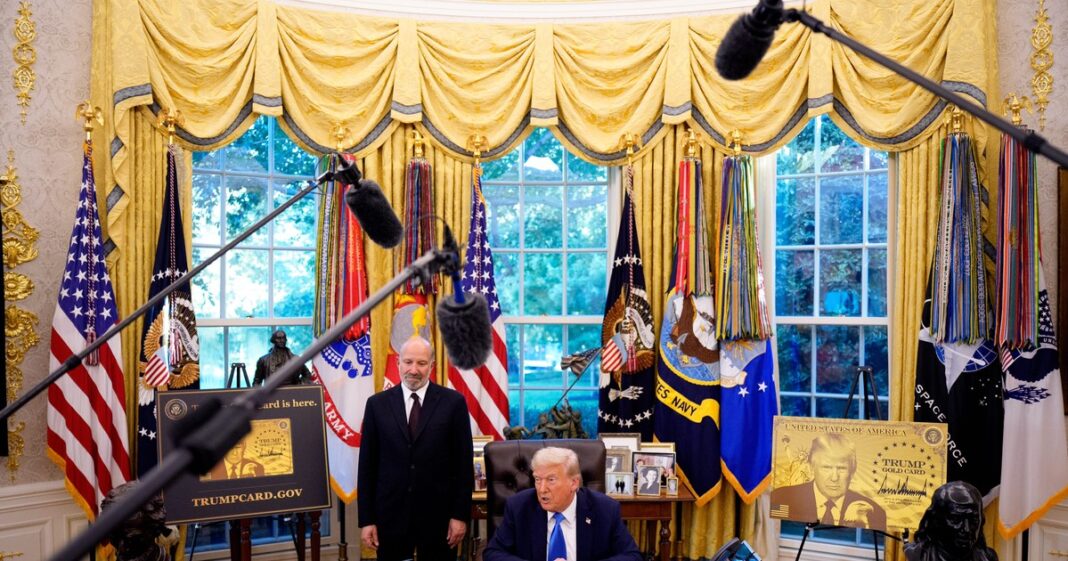The recent report sheds light on an anticipated shift in the landscape of work authorizations in the United States, forecasting that companies may witness a staggering decrease of 5,500 work authorizations each month. This notable decline is attributed to the exorbitant $100,000 fee associated with filing new applications, which has left many businesses grappling with the high costs of hiring foreign workers.
To arrive at this figure, the report analyzed the total number of new employment petitions for fiscal year 2024, which stands at 141,000. After examining the processing of approximately 65,000 petitions handled by consulates outside of the U.S., it became evident that these would be most affected by the new fee structure. This calculated prediction raises profound questions about the future of foreign employment in America.
The implications of this fee hike extend beyond mere numbers; it presents potential barriers for international students contemplating studying in the United States. The report cautions that the changes could diminish post-graduation job opportunities, creating a less appealing environment for foreign students who historically enhance the academic and cultural fabric of American universities.
This sweeping policy alteration, enacted by President Trump, is fundamentally aimed at prioritizing U.S. job opportunities for American workers. The intention is to tighten the grip on employment practices that have, for many years, allowed companies to seek talent from abroad, often citing a lack of qualified candidates within the domestic labor market.
The immediate reaction from various sectors was one of confusion and concern. From “panic on airplanes” to unease in corporate boardrooms, many executives and prospective employees found themselves grappling with the short-term and long-term ramifications of this unprecedented policy shift. The report highlights that a significant number of leading global companies leverage the H-1B visa program, with consulting firms being among the primary beneficiaries, accounting for nearly half of last year’s top 50 H-1B visa recipients.
Further revealing the demographic focus of the H-1B visa program, the report notes that approximately 70% of applications last year were granted to workers from India. Moreover, around two-thirds of these visas were concentrated in computer-related jobs, underscoring a strong reliance on foreign talent in tech sectors.
This significant increase in visa fees could particularly impact immigrant workers from India, who constitute a vast majority of H-1B applicants. Even though the number of affected workers may be relatively small in aggregate, the ripple effects could alter career trajectories for numerous individuals and families who have made the leap to seek professional opportunities in the U.S.



